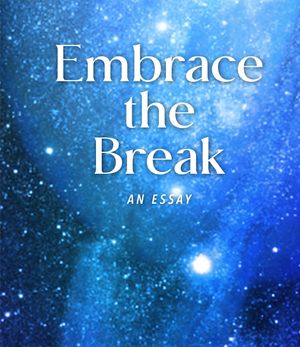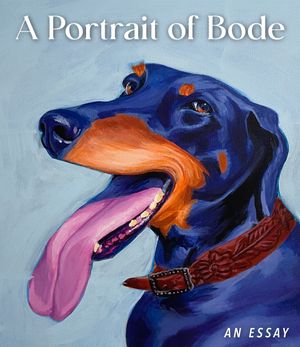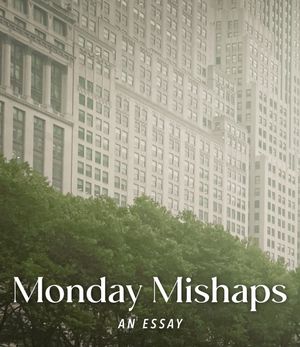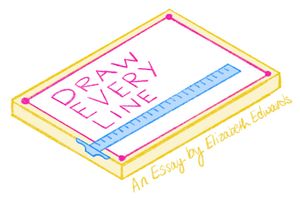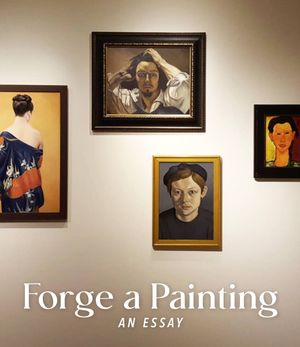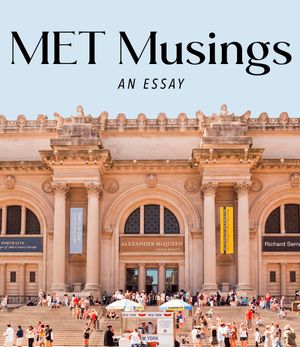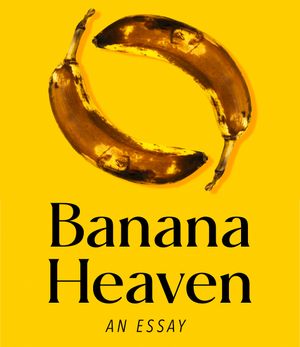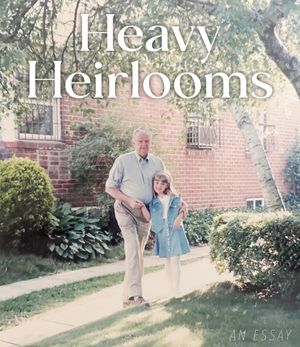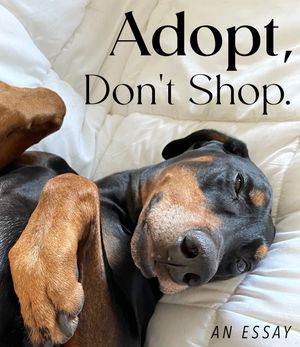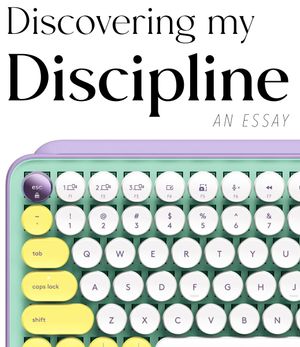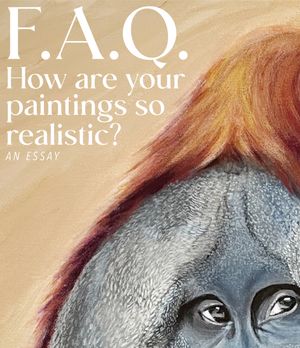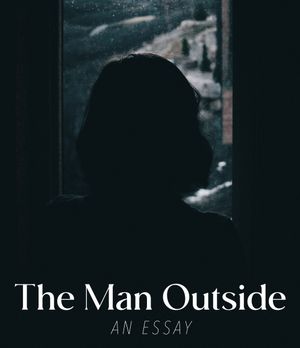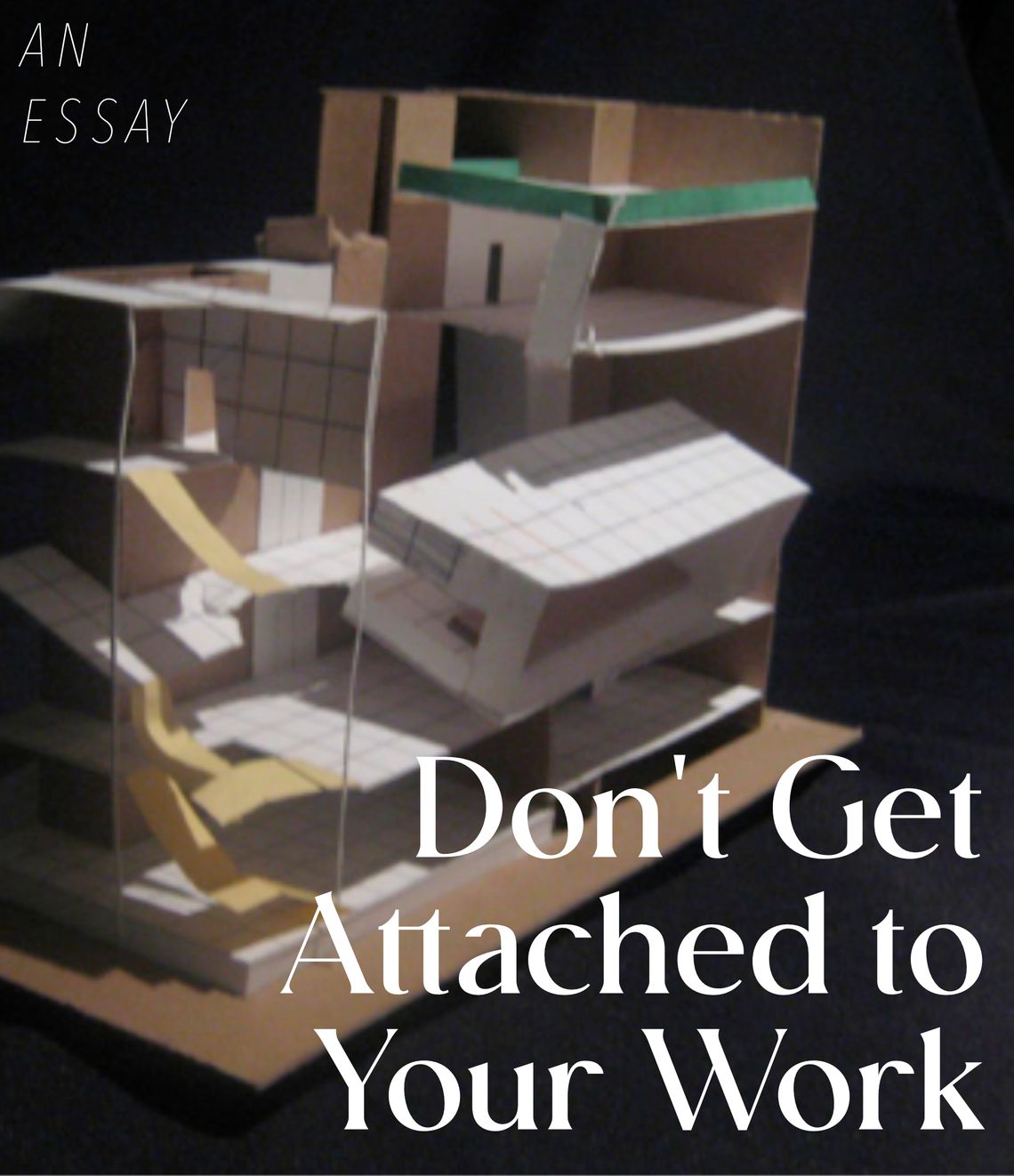
Don't Get Attached to Your Work
He pulled out his favorite pair of scissors with a huge grin on his face. Snip, snip in the air, he warmed up his hands to do the unthinkable. He suddenly grabbed a paper study model, cut-off half of it, placed it upside down and declared, “There it is, this is your scheme.” The shock and horror in my classmate’s face is forever burned into my memory.
My second year architectural design professor was an eccentric design genius. His lessons on the design process stuck with me throughout college and in my career as an architect. After one week of taking the online course Write of Passage, I realized these lessons can be applied to writing too.
Writers are the designers of words.
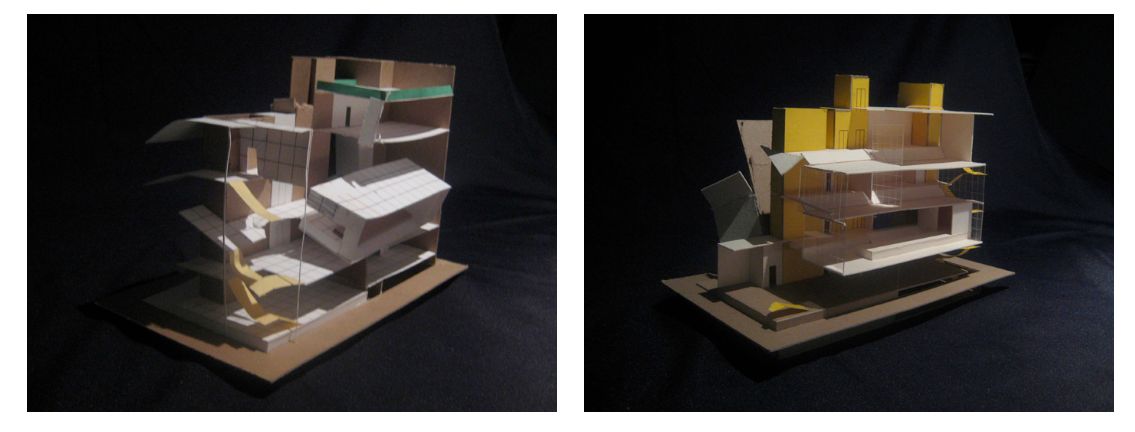
Step Outside of Yourself
The first lesson I learned from my professor’s dramatic demonstration is that, as a designer and writer, I cannot get emotionally attached to my work.
My fellow classmates and I spent much of our time and energy designing and building our paper study models. Some of us treated these like final models with perfect craft, almost forgetting it’s only our first attempt. In most cases, these study models were a reflection of our design aesthetic, which was tied to our ego, and ultimately our identities. So naturally, most of us reacted negatively to my professor’s drastic physical modifications. All that hard work was all gone to irreversible scissor snips, rips and even pen marks. Some classmates accused my professor of “inappropriate vandalism.”
I completely disagree. At first, I found my professor’s process to be a little unnecessary. But after watching my own paper models abused week after week, my design scheme slowly and clearly revealed itself. I became less emotionally attached and started to view my work objectively.
Writing is an emotional experience. It’s a personal act no matter what gets written. I dump all of my thoughts and emotions onto the page and it can be hard to part with the words and paragraphs they form. But then I picture my professor waving his scissors in the air and realize that my draft essays, like my paper study models, are not a reflection of my identity; they are vehicles that communicate my ideas, works-in-progress that transform over time through constant iteration.
Don’t Get Lost in the Details
The second lesson I learned from my professor is to always keep the big picture idea in mind and consider trashing parts that don’t support the whole (especially if the suggestion comes from a peer you trust).
My fellow classmates would often get fixated on a single element of their building designs, like focusing on what one facade looks like. They would spend many weeks designing window grid lines, or a brick pattern. As a result, the design of the rest of their building would not be as developed - picture a bunch of rooms without any doors to them. Instead of accepting feedback, or proposing solutions, the student tried to justify their lack of overall development by defending a single, overly developed detail. At this point, my professor would stand up, wave his hand in the air and cut my classmate off saying, “No, no, stop talking. Just look at your model.”
Over time, my classmates and I got comfortable giving feedback to each other. We held each other accountable for maintaining visually clear big picture ideas, without verbal support to back them up. Exchanging feedback is how we bonded, it strengthened our relationships. The best feedback exchange often occurred in the studio at 2 AM, just after a coffee run, functioning on minimal sleep the week before a final presentation. We’d laugh, we’d cry, we’d redesign each others’ projects. As chaotic as this sounds, we learned so much together through feedback. We trusted one another and the process. We wanted each other to grow and succeed.
Having an honest friend with a fresh set of eyes review my essays and give feedback is the best way for me to improve the piece. Since I wrote the essay, I am too familiar with the ideas and am partially biased. But my friend who will read the essay for the first time, without ever being inside my head, will find holes and disconnections I couldn’t see. This helps me to step outside myself and see the overall essay from a reader’s point of view.
When it comes to writing, there will often be well written paragraphs in early drafts that don’t serve the overall idea of the essay. These supporting ideas could be strong enough to compete with the main idea of the essay, or be weak fluff. I find it extremely satisfying to cut these sentences or paragraphs out completely. That’s right - click, drag, DELETE. The lack of emotional attachment to my work, plus the ability to easily archive and duplicate a draft, makes this process really easy. Plus, the strong ideas that get cut can be used as the foundation for future essays.
Be Willing to Start Over
The third lesson I learned from my professor is that sometimes you just need to start over from scratch.
After many rounds of feedback, my paper study models would get so beat up and unrecognizable from cutting parts off and attaching new parts with tape, that I would have to make new ones. I’d build my new paper study model with more intention and would often uncover design flaws I didn’t see before. This would trigger a whole new round of feedback with my classmates and professor, more snip snips.
The first draft of my essay “How are your paintings so realistic?” was filled with my entire life history. It was exhausting to bring up all those old feelings. But after walking away and re-reading the draft later, I realized that writing about my entire life history was not answering this question. So I decided to archive the draft and start over. I cut 90% of the essay and was left with just the introduction and the conclusion. It felt like a weight had been lifted off my shoulders. I freed the overall idea and was able to re-write the essay with more intention.
Drafts are Made of Paper, Not Wood.
At the end of the semester, my classmates and I created final models of our buildings out of glass and wood. We’d marvel at the sequential lineup of our study models, each one a hot mess compared to our final model. Each hodgepodge of a study model reflected the progress we made and it was rewarding to see how far we’d come. All those cuts, rips, flips, glue stains, pen marks and late night feedback exchanges were all worth it for the end result.
Implementing my professor’s lessons over time got me comfortable with the uncomfortable process of feedback. Once I was able to detach myself emotionally from my work, it became a lot easier to cut out unrelated ideas and start over if necessary. I developed a thick skin to criticism and I believe it’s essential to exchange with and implement feedback from others in order to improve as a designer and writer.
Opening up and being vulnerable enough and to have someone else view your work with a critical objective lens is hard. But the values outweigh the initial discomfort. A good feedback buddy can find the holes in your thinking, provide solutions and push you to change your view on your piece. Over time your skills as a designer of words will grow.
Special thanks to Sandra Yvonne, Jonas Sundberg, Steven Foster, Arman Khodadoost, Abishek B, and Ishan Shanavas for their valuable feedback on this essay.

